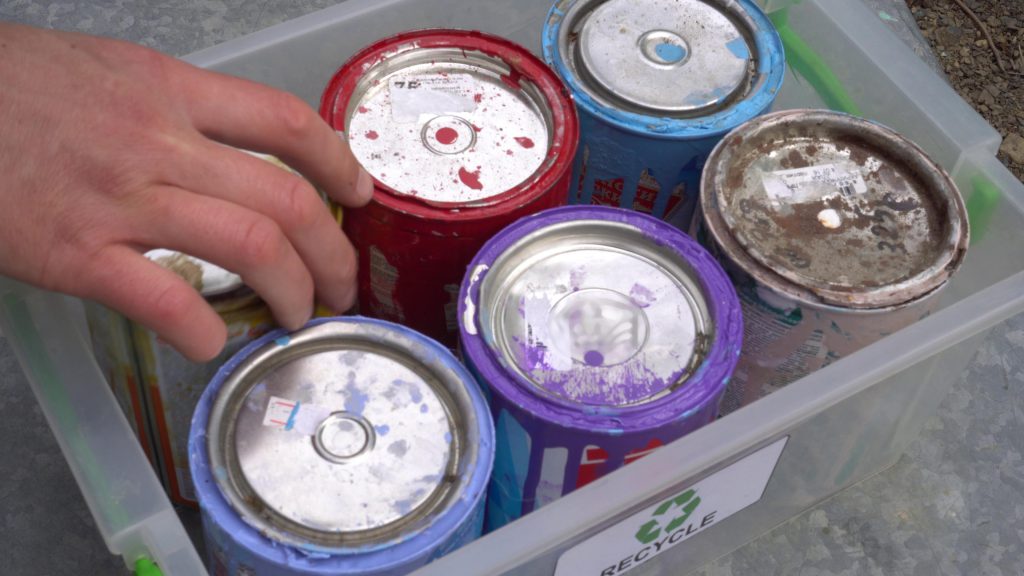Wet Paint, Dry Paint – Why Does Paint Change Color?
Choosing paint colors for your home varies according to your tastes and the lighting in each room. It can be overwhelming to choose a color that fits you decor and design needs. Then the unthinkable happens when the paint dries, and it’s not the shade you expected. Why does paint change color? It looks too dark in the night, and is simply the wrong shade when the sun pops into your room.
What could have caused your once lovely paint color to morph into a less-than-flattering shade of ugly?
Lighting
A determining factor many homeowners forget to consider before choosing paint colors is the lighting in the home. Both natural and artificial light must be taken into consideration since they both can alter the shade of the color you have chosen in your home.
Natural Light
North-facing natural light adds hues of blue to the room, causing paint color to look darker and warmer than its natural state. South-facing light adds white to the room, causing

the room to look lighter and can make light-colored rooms look washed-out and faded. West-facing light adds orange hues to the room, causing paint colors to look warmer. Oranges, reds and yellows look completely saturated. East-facing light adds hues of green to the wall and can make the room look dull unless you use soft colors.
Artificial Light
Artificial lighting can also affect the way your wall color looks. Incandescent lighting adds hues of yellow and amber to the room and can make bright and warm colors appear more intense. Blues and greens tend to be saturated and duller. Fluorescent lighting gives off blue hues and complement blue and green shaded walls. Halogen lighting is similar to that of natural lighting and has a natural cooling effect on colors.
Finishes
When painting, applying the right finish to keep the color intact on the wall is necessary. It makes wiping stains off a synch without rubbing the paint from the wall. However, the finish also effects the way your wall color looks and can alter the overall shade of color.
Gloss finishes add a certain depth to the color on the wall, but varying on the light source within the room; it can also be very reflective and change the perception of the color. The glossier the finish, the more likely the color perception will alter and can leave you completely unsatisfied.
Getting the Room Color You Want
Talk with your painter before the project begins. He will give you samples of the paint, which you can easily try on your walls at home. Paint a small section of each wall and allow an hour to dry. Upon drying, analyze how the color appears on your walls and determine if it will work in your best interest. You might realize certain colors did not appear as you thought they would on the wall and choose a completely new look.
